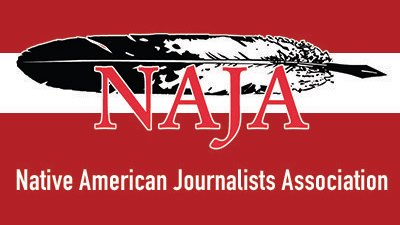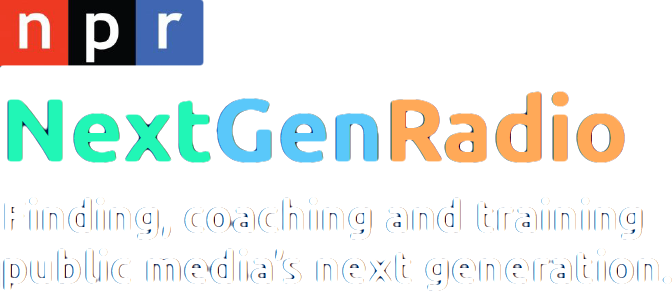
The impact of climate change
We are finding, coaching and training public media’s next generation. Five talented reporters are participating in a week-long state-of-the-art training program.
In this project we are highlighting the experiences of people whose lives are being affected by climate change.
Larissa Ritzman of the Shoalwater Bay Natural Resources Department is trying to capture the pesky European green crab, an invasive species discovered in Willapa Bay in the 1990s.
Illustration by Eejoon Choi
How Shoalwater Bay Indian Tribe is fighting ‘perpetual problem’ of green crab invasion
Green Crab Crew member Richard Ashley casts out a handmade hook to grab the buoy marking the place of a Shoalwater Bay Indian Tribe trap set in a channel off the Willapa Bay near the Tokeland Hotel. As he pulls it in, other members of the Green Crab Crew call out bets on how many crabs are in the trap.
“Nothing?” one asks, disappointed, once the trap is out of the water.
They all shake their heads and begin discussing if the bait or trap location is to blame.
LISTEN TO THE STORY
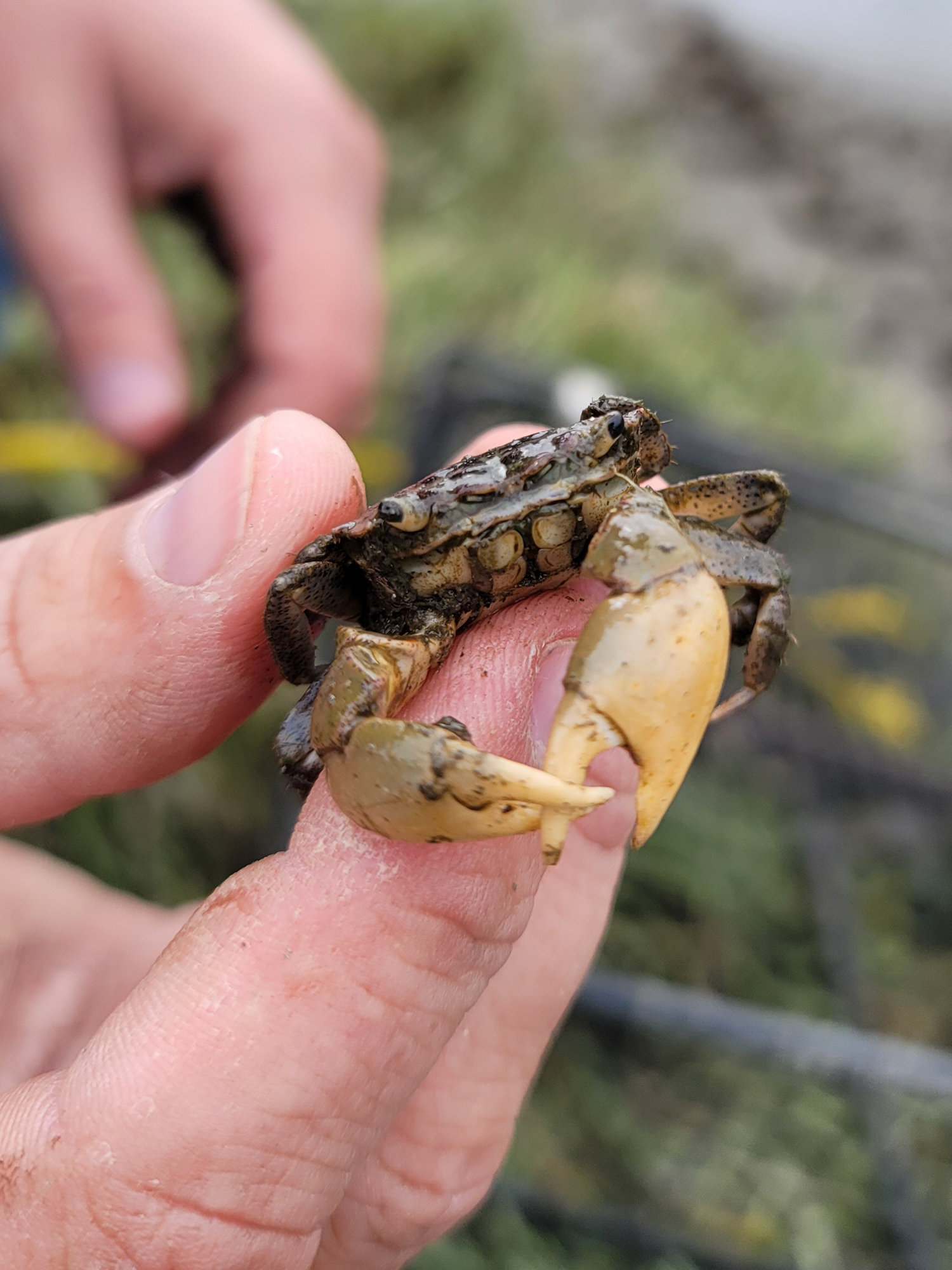
The European green crab is an invasive species in Willapa Bay, Washington, desecrating the local ecosystem and eating native shellfish. Richard Ashley, with Shoalwater Bay Natural Resources, sets traps to catch, record and then discard the crabs. (Photo by Shana Lombard)
Ashley and others are eager to help preserve the Bay as they learn about the crab infestation. But the effort faces funding woes.
“I don’t think Willapa Bay and Shoalwater Bay Indian Tribe are being given respect,” said Larissa Ritzman, director of the Shoalwater Bay Natural Resource Department.
Pacific County doesn’t have a department or organization that explicitly deals with invasive animal species. The county’s vegetation management is exploring how the crabs are affecting the Bay, thanks to its work controlling Spartina, an invasive plant. Because the tribe lacks enough equipment and the green crabs are located in areas where the county sprays Spartina pesticide, the two work together.
“We just started from scratch and I’m saying we, the Shoalwater Bay Tribe, and us, established a blueprint for how it should be done in the Bay,” said Edmund Darcher, Pacific County’s green crab coordinator.
Direct funding to address the green crab infestations have been slow and small for the two. In early February, SBIT Chairwoman Charlene Nelson asked the state Department of Fish and Wildlife for direct funding. But the department declined.
“We agree that the magnitude of the infestation in Willapa Bay threatens the intrinsic natural resource and cultural value of the land for the Shoalwater Bay Tribe, other coastal tribes, and people of Pacific County. … Based on this strategy and careful review of your request, the Department is not able to propose any additional funding at this point in the 2022 supplemental legislative process,” wrote Kelly Susewind, department director.
The European green crabs were first discovered in the bay in the 1990s. Researchers at the time thought the crabs couldn’t thrive in the Bay because of its ecosystem. More water moves through the Bay than the Mississippi River moves in a day. Unfortunately, 20 years later, the tribe, county and even Washington state have declared emergency proclamations of infestations of the European green crab.
“The entire ecosystem is at stake here,” Ritzman said.
The crabs have become highly adaptive to the estuarine waterways that feed into the Willapa Bay and are eating the local, bigger dungeness crab that are native to Willapa Bay.
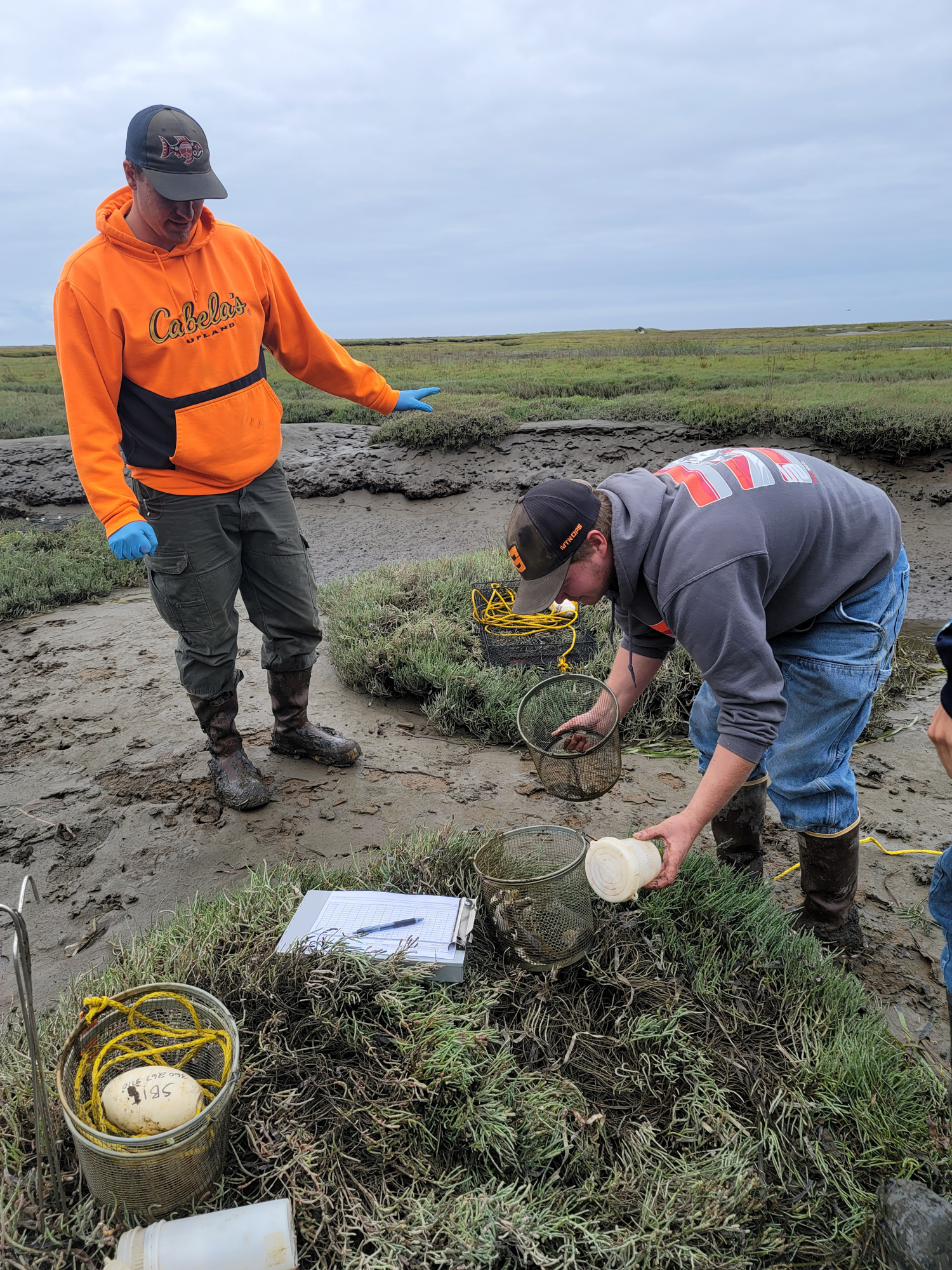
Donovan Wargo and Richard Ashley from the Shoalwater Bay Natural Resources Department go out to hunt for the elusive European green crab in Willapa Bay, Washington.
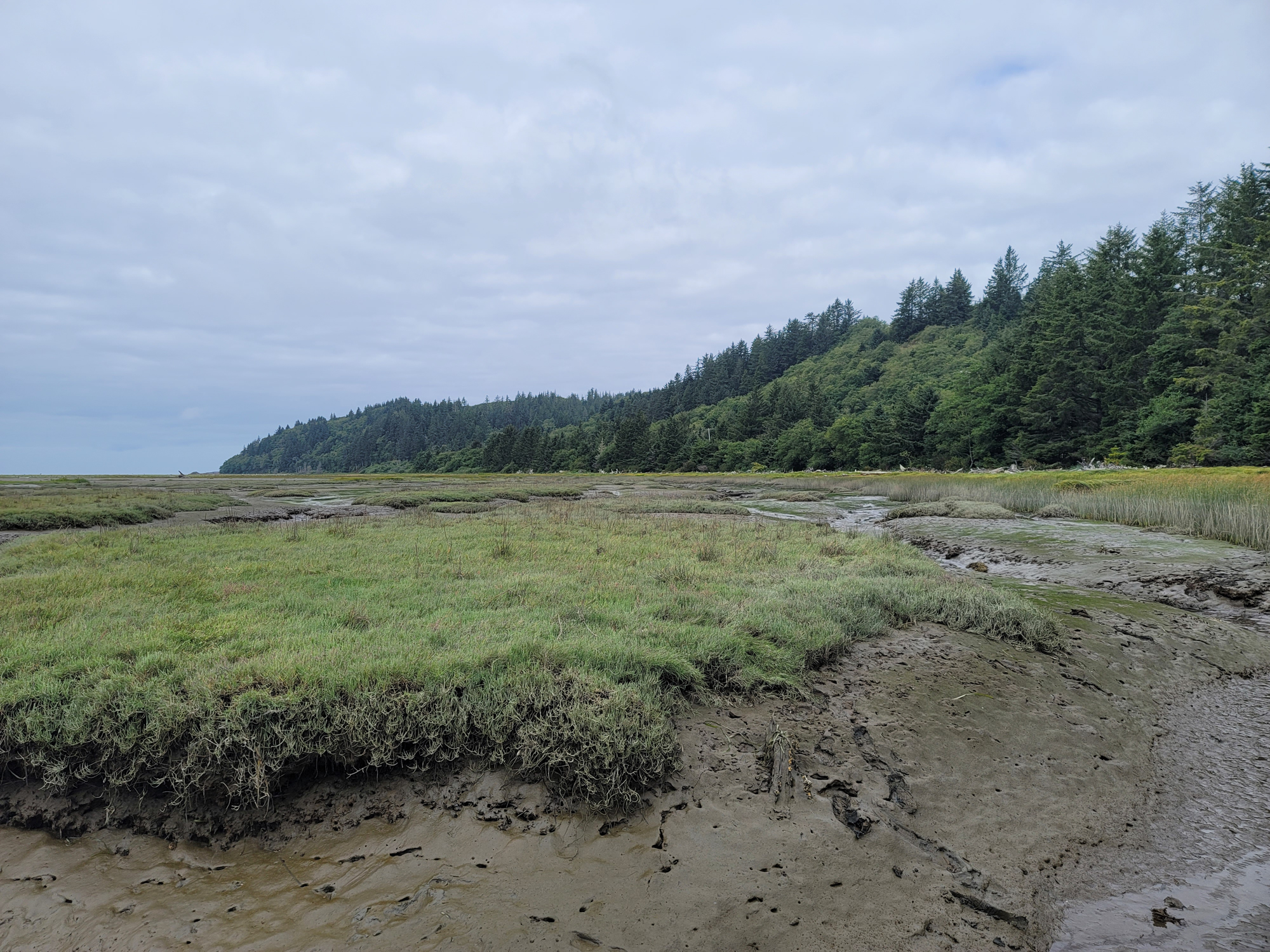
Willapa Bay, Washington, is home to many native shellfish, like the dungeness crab, which are being eaten by the invasive European green crab. The green crabs are smaller but have high numbers that aid in helping them overwhelm their prey. (Photos by Shana Lombard)
Ritzman is at the forefront of the battle to save the dungeness crab and the fragile ecosystem of Willapa Bay, which is home to many other shellfish, despite the state underfunding.
“Myself as a representative for the tribe and doing this work for the last two years, almost going on year three, we’ve known what’s been out there and we just feel like, yeah, I don’t know how it’s gonna happen,” she said.

From left, Larissa Ritzman, Donovan Wargo and Richard Ashley trek across the marshes of Willapa Bay, Washington, to check traps that target European green crabs. (Photo by Shana Lombard)
With hopes that the emergency proclamations would bring more funding and develop a program to sustain the high volume of necessary work, Ritzman combined efforts with Pacific County Vegetation Management to propel green crab removal in the Bay. The two organizations netted over 9,000 crabs in 2021. To make due with a small budget, members of the Green Crab Crew work a mere eight hours a week assessing where and when to trap, trap settings and processing the crabs into into compost.
“I think it’s a perpetual problem that’s been created that we’ll be dealing with for a long time,” Ritzman said.

Richard Ashley drags a trap out of the marshes of Willapa Bay, Washington. The traps are meant to catch invasive European green crabs that will soon become compost for a local community garden. (Photo by Shana Lombard)

ACKNOWLEDGEMENTS:
The Next Generation Radio Project is a week-long digital journalism training project designed to give competitively selected participants, who are interested in radio and journalism, the skills and opportunity to report and produce their own multimedia story. Those chosen for the project are paired with a professional journalist who serves as their mentor.
This edition of the #NPRNextGenRadio project was produced in collaboration with:
- Managing Editors – Michelle Faust Raghavan - Independent Editor, Portland, Oregon; Phyllis Fletcher - Independent Editor, Seattle
- Digital Editors – Alexis L. Richardson, Chief Innovation Officer/Digital Content Strategist, Philadelphia; Lita Beck (Navajo) - Senior Politics Editor, The Philadelphia Inquirer; Heather C. Gomez (Jicarilla Apache) - Freelance Digital Editor, Dulce, New Mexico
- Audio Tech – Selena Seay-Reynolds - Freelance Audio Engineer, Los Angeles; Abby Fritz, Freelance Audio Tech/Producer, Syracuse, New York
- Editorial Illustrators – Lauren Ibañez, Freelance Editorial Illustrator, Houston; Eejoon Choi - Freelance Editorial Illustrator, Los Angeles; Ard Su - Freelance Editorial Illustrator, New York
- Visuals – Todd Michalek, Freelance Visual Journalist, Syracuse, New York
- Web Developer – Robert Boos, Freelance Creative Technologist, Minneapolis
Our journalist/mentors for this project were:
- Pauly Denetclaw - Politics Reporter, Indian Country Today, Albuquerque, New Mexico
- Savannah Maher - Reporter, Marketplace, Albuquerque, New Mexico
- Taylar Stegner (Shoshone and Arapaho) - Tribal & Rural Reporter, Wyoming Public Radio
- Tarryn Mento - Reporting Fellow, WAER, Syracuse, New York
- Carrie Jung - Education Reporter, WBUR, Boston
NPR’s Next Generation Radio program is directed by its founder, Doug Mitchell.
